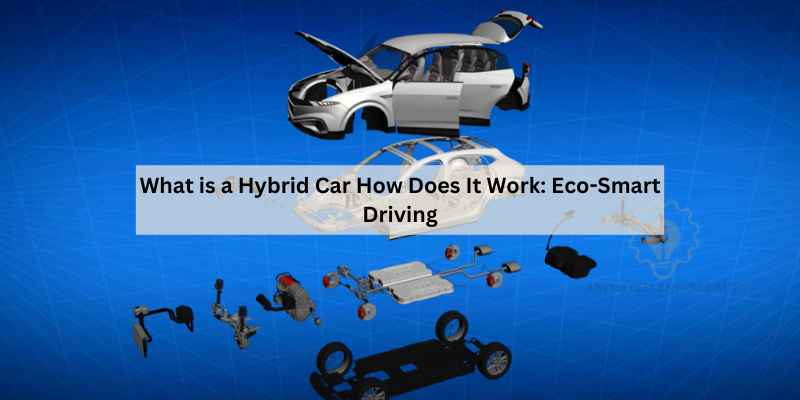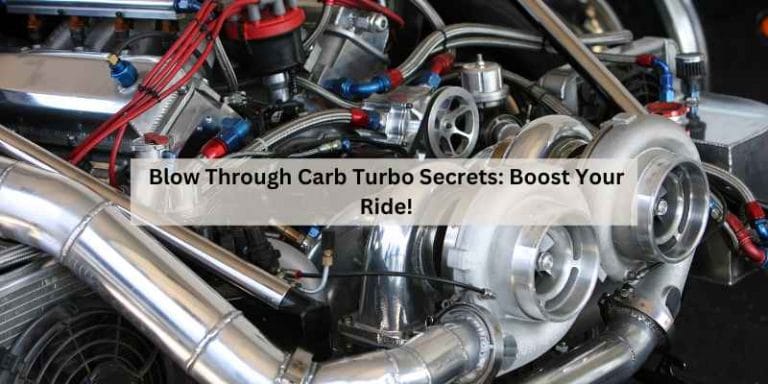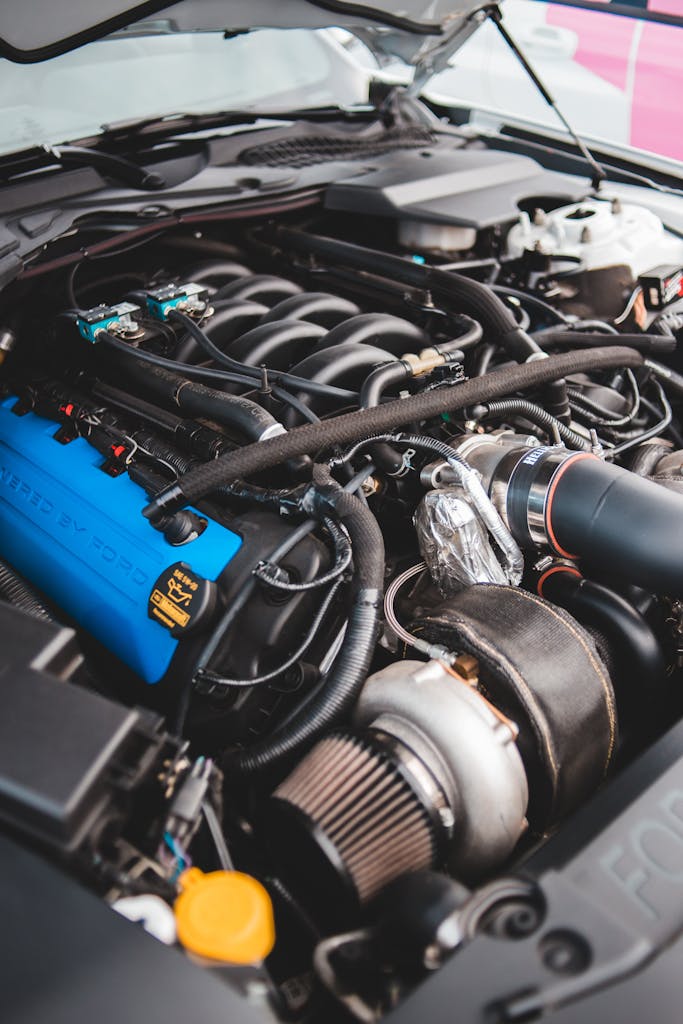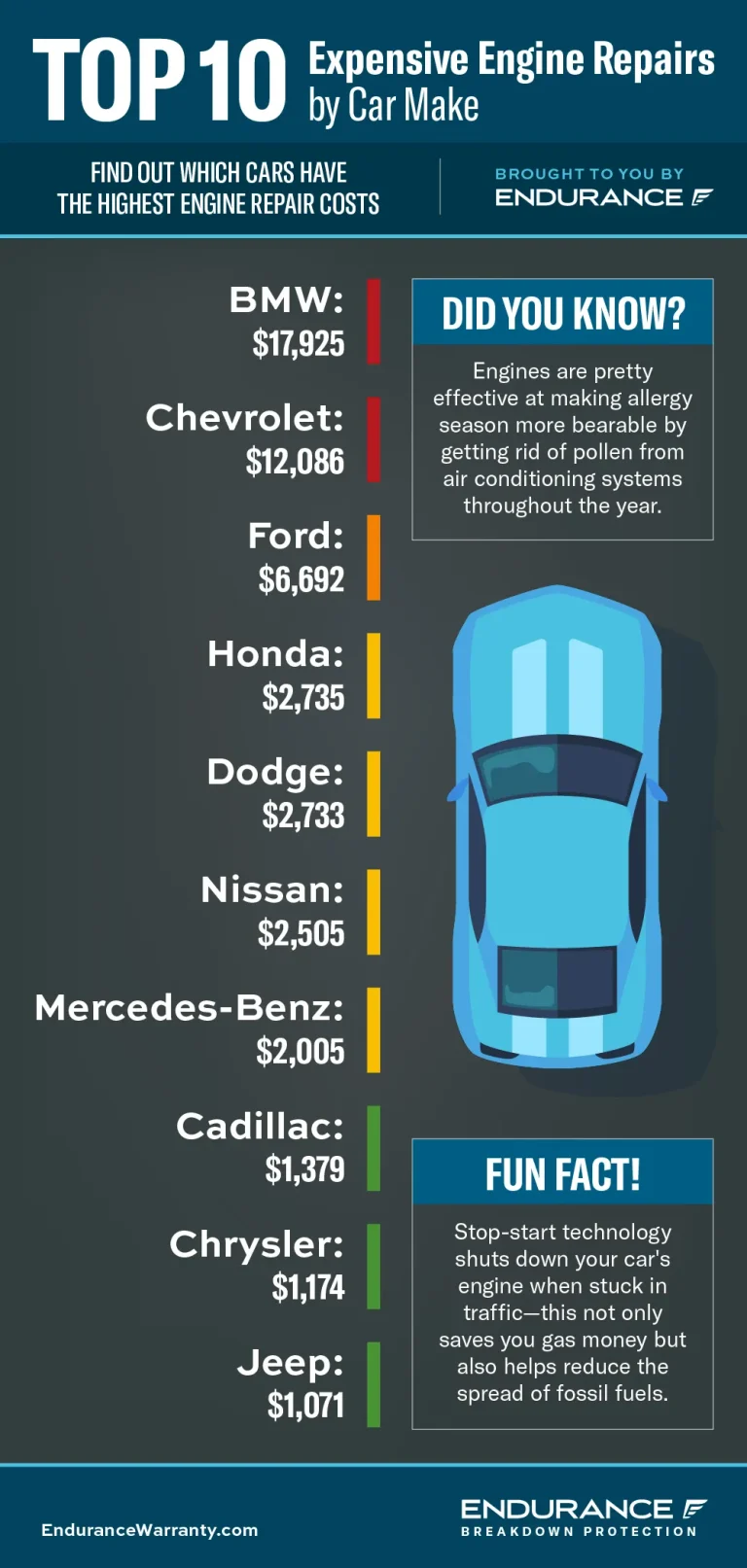What is a Hybrid Car How Does It Work: Eco-Smart Driving
A hybrid car combines an internal combustion engine with an electric motor to improve fuel efficiency. It operates using both power sources to reduce emissions and enhance performance.
Hybrid cars are becoming increasingly popular as environmental awareness grows. These vehicles offer a balance of power and efficiency, making them ideal for daily commutes and long trips. By utilizing both an electric motor and a gasoline engine, hybrid cars can reduce fuel consumption and lower greenhouse gas emissions.
Many models feature regenerative braking, which captures energy normally lost during braking. This energy recharges the battery, further enhancing efficiency. As technology advances, hybrid vehicles continue to evolve, providing drivers with more options and better performance. Embracing hybrid technology contributes to a greener future while meeting modern transportation needs.
Introduction To Hybrid Cars
Hybrid cars combine a traditional engine with an electric motor. This design helps reduce fuel consumption and emissions. They are popular for being eco-friendly and cost-effective.
The rise of eco-smart vehicles is changing how people drive. Many people want to protect the environment. Hybrid cars offer a solution to this problem.
| Key Features | Description |
|---|---|
| Fuel Efficiency | Hybrid cars use less fuel than regular cars. |
| Reduced Emissions | They emit fewer harmful gases. |
| Battery Support | Electric motors help the engine run smoothly. |
| Regenerative Braking | This system helps recharge the battery while driving. |
Hybrid Technology Unveiled
Hybrid cars use a mix of gasoline engines and electric motors. This combination helps save fuel and reduce emissions. Each car has different components that work together to maximize efficiency.
The main components include:
- Internal Combustion Engine: The traditional engine that runs on gasoline.
- Electric Motor: Provides extra power and can drive the car alone.
- Battery Pack: Stores energy to power the electric motor.
- Regenerative Braking: Captures energy when braking and charges the battery.
There are various types of hybrid systems:
- Full Hybrids: Can run on gas, electric, or both.
- Plug-in Hybrids: Can charge the battery from a power outlet.
- Mild Hybrids: Use electric power to assist the engine but cannot drive alone.
Working Mechanism Of Hybrid Cars
Hybrid cars combine a traditional engine with an electric motor. This design allows for better fuel efficiency and lower emissions. The car uses both power sources to drive.
Energy conversion happens when the vehicle switches between the engine and the motor. The electric motor boosts acceleration and reduces fuel use. The gasoline engine takes over at higher speeds.
Regenerative braking is a key feature of hybrid cars. It captures energy during braking and stores it in the battery. This process helps recharge the battery and improve efficiency.
When the driver brakes, the electric motor works in reverse. This action generates electricity instead of wasting energy. The stored energy can later power the electric motor.
Using regenerative braking makes hybrid cars more efficient. It reduces the need for fuel and lowers emissions. This technology is crucial for a cleaner environment.
Comparing Hybrid Cars With Conventional Vehicles
Hybrid cars offer better fuel efficiency compared to conventional vehicles. They use both gasoline and electric power. This dual system helps save fuel and reduces trips to the gas station.
Drivers can expect to see significant savings on fuel costs. Hybrid vehicles often achieve higher miles per gallon (MPG) ratings. This makes them ideal for city driving and long trips.
| Vehicle Type | Average MPG |
|---|---|
| Hybrid Car | 50-60 MPG |
| Conventional Car | 20-30 MPG |
Hybrid cars also help in reducing emissions. They produce less pollution than traditional vehicles. This leads to cleaner air and a healthier environment.
By using electric power, hybrid cars cut down on harmful gases. Choosing a hybrid car benefits both the driver and the planet.
Driving Experience In A Hybrid
The driving experience in a hybrid car is quite unique. These cars combine electric and gasoline engines. This results in a smoother ride and better fuel efficiency.
On the road, hybrids offer quick acceleration. The electric motor provides instant torque. This means the car feels responsive right away. Drivers enjoy a quieter ride, especially at low speeds.
User interface in hybrid cars is designed for ease of use. Most models have a simple dashboard. Important information is displayed clearly. This helps drivers understand their car’s performance easily.
Controls are often intuitive and easy to reach. Many hybrids also feature touchscreen displays. This enhances the overall driving experience.
Environmental Impact Of Hybrid Cars
Hybrid cars play a significant role in reducing carbon footprints. They combine a gasoline engine with an electric motor. This combination leads to lower emissions compared to traditional cars. By using less fuel, hybrid cars help to protect the environment.
Driving a hybrid car promotes sustainable driving habits. Owners often notice savings on fuel costs. This encourages more people to choose eco-friendly options. As a result, hybrid cars contribute to a healthier planet.
| Benefit | Description |
|---|---|
| Lower Emissions | Hybrid cars produce fewer harmful gases. |
| Fuel Efficiency | They use less fuel, saving money. |
| Eco-Friendly | Helps in reducing air pollution. |
Economic Aspects Of Owning A Hybrid
Owning a hybrid car can be more affordable than it seems. The initial cost is often higher than a regular car. However, fuel savings can balance this out over time. Hybrid cars typically get better mileage, saving you money at the pump.
Many governments offer incentives for buying hybrid vehicles. These can include tax credits and rebates. Such programs make hybrid cars more attractive financially. Some states also provide discounts on registration fees.
| Incentive Type | Benefit |
|---|---|
| Tax Credit | Reduces the amount owed to the government |
| Rebate | Cash back after purchase |
| HOV Lane Access | Allows solo driving in carpool lanes |
Future Of Hybrid Technology
The future of hybrid technology looks bright. Innovations are coming that will change everything. New batteries will provide better energy and range. Advanced software will help manage power use more efficiently.
Hybrids will play a big role in transportation. They reduce emissions and save fuel. More people will choose hybrids for their daily travel. This shift will lead to cleaner air and a healthier planet.
Smart cities will support hybrid vehicles. Charging stations will be more common. This will make it easier for everyone to switch to hybrids.
Frequently Asked Questions
What Is A Hybrid Car?
A hybrid car combines a traditional internal combustion engine with an electric motor. This design improves fuel efficiency and reduces emissions. By using both power sources, hybrid vehicles can operate on electric power alone for short distances. They are an eco-friendly option for environmentally conscious drivers.
How Does A Hybrid Car Work?
Hybrid cars work by seamlessly switching between the gasoline engine and electric motor. The vehicle uses energy from both sources for optimal performance. When accelerating, the electric motor provides immediate power, while the engine kicks in for longer trips. Regenerative braking also helps recharge the battery.
What Are The Benefits Of Hybrid Cars?
Hybrid cars offer numerous benefits, including better fuel efficiency and lower emissions. They can save you money on fuel costs over time. Additionally, many hybrid vehicles qualify for government incentives. They also provide a quieter driving experience, enhancing overall comfort.
Are Hybrid Cars More Expensive?
Hybrid cars tend to have a higher upfront cost than traditional vehicles. However, the savings on fuel and potential tax incentives can offset this initial investment. As technology advances, prices are gradually decreasing. Over time, the total cost of ownership may be lower than that of conventional cars.
Conclusion
Understanding hybrid cars enhances your knowledge of sustainable transportation. These vehicles combine traditional engines with electric power for improved efficiency. As technology advances, hybrids offer a practical solution for reducing emissions and saving on fuel costs. Embracing hybrid technology can lead to a greener future for everyone.






